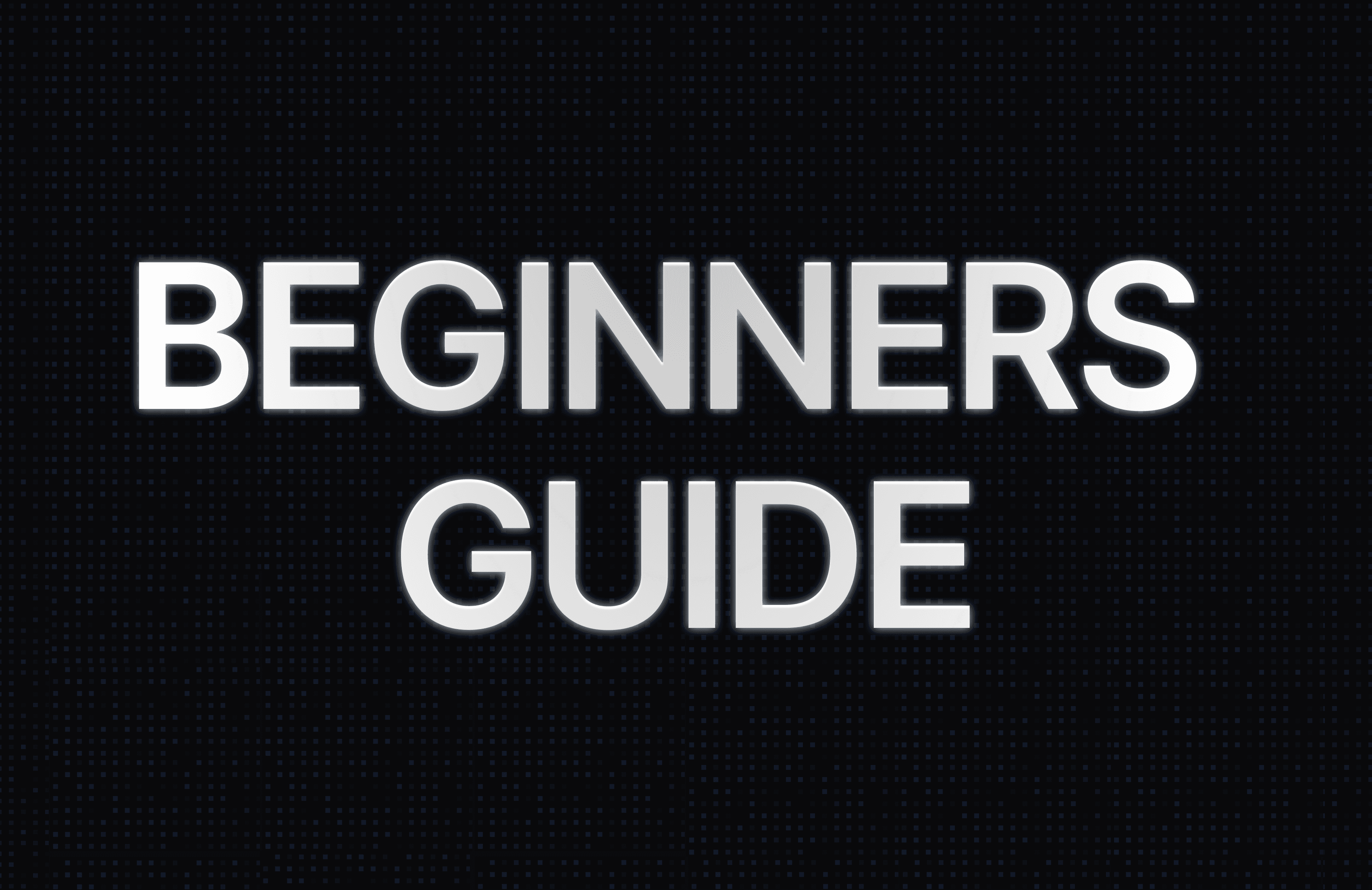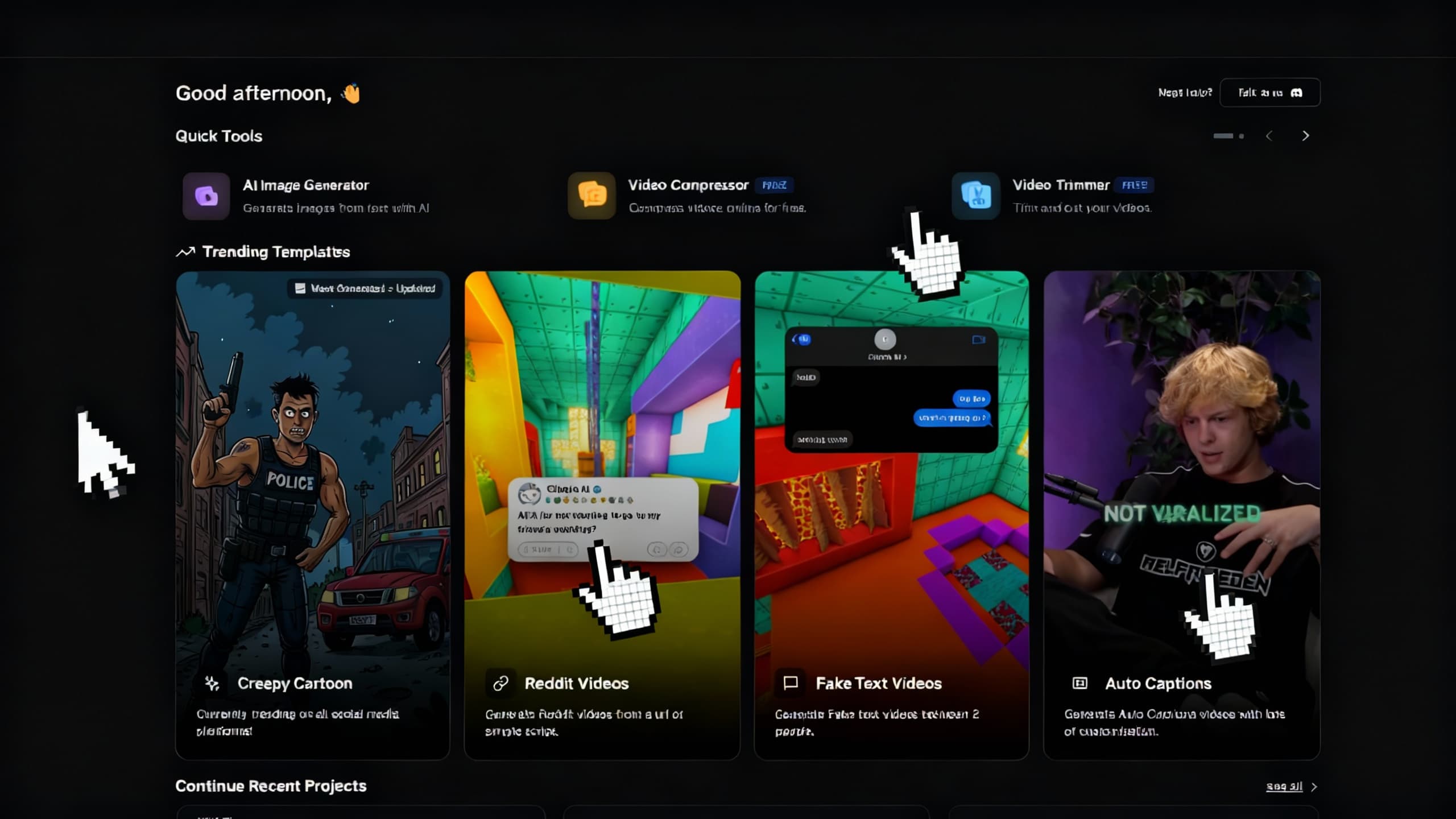I Posted 100 Faceless Shorts in 30 Days. Here’s What I Learned
Discover the lessons, tools, wins, and mistakes from posting 100 faceless shorts in 30 days. A 2025 guide for creators using AI, faceless content, and short-form video strategies.

Addressing the Main Topic
In August 2025, I set myself a challenge: post 100 faceless shorts in 30 days across TikTok, YouTube Shorts, and Instagram Reels. The idea was simple — could I grow a brand from scratch without showing my face, just by leveraging AI tools like Clippie AI, trending sounds, and smart affiliate strategies?
The outcome was a mix of surprising wins, avoidable mistakes, and valuable insights that anyone looking to scale faceless content can learn from. In this blog, I’ll break down the tools I used, what worked, what didn’t, the growth numbers I achieved, and my biggest takeaways for new creators.
Why This Topic Is Relevant Today
In 2025, short-form content remains the fastest way to grow an audience online. TikTok, YouTube Shorts, and Instagram Reels dominate digital attention, with algorithms rewarding consistent, bite-sized content.
At the same time, creators are realizing that faceless content is scalable. You don’t need to build a personal brand around your face to succeed. Instead, you can tap into storytelling, trending sounds, and AI tools to build multiple faceless brands at once.
Faceless videos are not just a trend — they’re becoming a core strategy for affiliate marketers, brands, and creators who want to grow fast without being on camera.
Clear Definition of the Topic
Faceless shorts are short-form videos (under 60 seconds) that rely on text, stock footage, voiceovers, or animation instead of showing the creator’s face. They can include formats like:
Text-story videos (fake chat conversations, storytelling reels).
Product showcases (AI-generated demos, reviews).
Niche explainers (educational shorts with captions and voiceovers).
These videos are designed to capture attention in the first 3 seconds, keep viewers engaged, and push them toward an action (following, sharing, or clicking an affiliate link).
Detailed Overview Paragraph
This blog shares my personal journey of posting 100 faceless shorts in just 30 days. I’ll walk you through why I chose faceless videos over traditional content, the tools I used (with Clippie AI at the core), what strategies worked best (consistency, trending sounds, captions), the mistakes I made (low-quality experiments, wasted niches), and the exact growth results I achieved in followers, views, and income. Whether you’re just starting or looking to optimize your short-form content strategy, these real-world lessons will give you a roadmap to success in 2025.
Table of Contents
Why I chose faceless videos
Tools I used (Clippie AI, templates, voices)
What worked: consistency & trending sounds
What failed: mistakes and wasted effort
Key growth numbers: followers, views, income
Takeaway lessons for new creators
1. Why I Chose Faceless Videos
The biggest reason I leaned into faceless videos was scalability. Traditional content creation often traps you inside your personal brand — you’re expected to show up on camera every day, maintain your appearance, record high-quality footage, and edit endlessly. That cycle can quickly lead to burnout and limits how fast you can scale.
With faceless videos, those barriers disappear. I could:
Test multiple niches simultaneously — I experimented with finance, tech, and motivational content without being locked into one brand identity.
Automate production with AI templates — instead of manually filming, I simply dropped a script into Clippie AI and generated professional videos in minutes.
Skip reshooting and personal branding pressure — no worrying about bad hair days, energy levels, or background setups.
Concentrate on storytelling and value delivery — instead of focusing on how I looked on screen, I invested that time into writing better hooks, refining scripts, and optimizing calls-to-action.
Faceless shorts also gave me flexibility to operate multiple channels at once. For example, I could build a tech review channel while simultaneously running a motivational quotes page — something impossible if I had to personally appear in every video. For affiliate marketing, niche channels, and side hustles where speed and adaptability matter more than building a personality-driven brand, faceless videos are simply the smarter long-term play.
2. Tools I Used (Clippie AI, Templates, Voices)
The backbone of my entire 30-day challenge was Clippie AI, which allowed me to create content at a pace that would be impossible with manual production. Here’s how I used it:
Templates for virality: I relied on text-story templates to create fake chat conversations — a proven format that captures attention quickly. I also used product showcase templates when experimenting with affiliate promos, giving me a polished way to display products without ever needing to film them.
Professional AI voiceovers: Instead of recording my own voice, I used Clippie’s built-in voice library. The natural-sounding tones gave my videos credibility, especially in niches like finance where trust is crucial.
Automatic captions: Since most people watch shorts without sound, captions boosted accessibility and improved retention rates. TikTok, in particular, rewarded these videos with higher engagement.
Multi-export capabilities: One click, and each video was optimized for TikTok, YouTube Shorts, and Instagram Reels — no need to reformat manually. This saved hours and expanded my reach across all major platforms.
Batch production system: By dedicating 2–3 hours per session, I was able to create 10–15 videos at once, ensuring I never missed a posting day.
Outside Clippie AI, I used a few essential support tools:
Canva for creating custom thumbnails and branding overlays.
Airtable for tracking niches, affiliate links, and posting schedules.
Bitly to shorten links and measure click-through performance on affiliate offers.
This stack of AI and creator tools transformed my workflow from a draining daily grind into a smooth, repeatable system.
3. What Worked: Consistency & Trending Sounds
Looking back, two factors stood out as the biggest contributors to my growth: consistency and trending sounds.
Consistency as the growth engine: I committed to posting 3–5 shorts per day across TikTok, YouTube Shorts, and Reels. At first, results were slow — only a few hundred views per post. But by week two, the algorithms started rewarding me. Platforms love creators who post consistently because it signals reliability. My videos began appearing on more “For You” feeds and recommendation pages, leading to compounding growth. It wasn’t one viral video that made the difference — it was daily repetition that created momentum.
Trending sounds as the multiplier: Pairing faceless shorts with the right trending TikTok audio often doubled or tripled their reach. Even simple text-story videos that might have otherwise capped at 5,000 views crossed 50,000+ just because they synced with a trending sound. The lesson? Audio is an underrated lever for virality.
Other tactics that worked included:
Keeping videos under 25 seconds — shorter clips increased replay rates, which boosted average watch time (a key metric algorithms track).
Ending with cliffhangers — leaving the story unfinished encouraged viewers to rewatch or comment, driving engagement signals.
Smart hashtag stacking — I used a mix of 2–3 niche hashtags (e.g., #FinanceTips, #TechReviews) plus broader trending tags. This balance ensured the algorithm knew exactly who to push my videos to, while still leaving room for viral discovery.
In short, the combination of relentless consistency and algorithm-friendly tactics turned ordinary faceless shorts into high-performing growth drivers.
4. What Failed: Mistakes and Wasted Effort
Not everything worked. I made a few mistakes:
Overproducing in bad niches: I wasted time making 20+ videos in a niche with low CPMs (pets) instead of focusing on finance or tech.
Not testing early enough: I should have tested 2–3 niches at once instead of going all-in on one at the start.
Low-quality exports: A few videos had poor resolution, which hurt performance on YouTube Shorts.
Ignoring captions initially: Videos without captions saw less watch time and fewer shares.
These mistakes cost me time and momentum, but they also gave me insights I wouldn’t have learned otherwise.
5. Key Growth Numbers: Followers, Views, Income
Here’s the breakdown after 30 days and 100 shorts:
Followers gained: 18,700 across TikTok, YouTube Shorts, and Instagram.
Total views: ~2.4 million combined.
Income earned: $1,450 from affiliate links (Amazon Associates + ClickBank).
The majority of my income came from tech affiliate products (small gadgets) and finance tools (budgeting apps).
6. Takeaway Lessons for New Creators
If you’re starting faceless shorts in 2025, here’s what I’d recommend:
Choose your niche carefully — go where the money is (finance, health, tech).
Use Clippie AI to scale — batch production is key.
Post daily — consistency unlocks algorithm reach.
Follow trends smartly — use trending sounds but keep your niche intact.
Test early, double down later — don’t waste time producing 20 videos in a bad niche.
Track results — use link trackers, dashboards, and analytics to see what’s working.
Faceless shorts are the most time-efficient way to grow an audience in 2025 — and they can absolutely be monetized with the right strategy.
FAQs (SEO-Optimized)
Q1: Can faceless shorts really go viral in 2025? Yes. With AI tools and trending sounds, faceless shorts perform as well as (sometimes better than) on-camera content.
Q2: How long should faceless shorts be for best results? Keep them 15–25 seconds. This increases replays, boosts watch time, and satisfies algorithms.
Q3: Do I need expensive tools to create faceless videos? No. With Clippie AI, you can generate professional videos in minutes without cameras or editing software.
Q4: Which niches work best for affiliate faceless content? Finance, tech, beauty, and health are the most profitable niches for faceless shorts in 2025.
Q5: How many videos should I post per day? At least 1–3 per day. For faster growth, aim for 3–5 daily posts across multiple platforms.
Conclusion with Strong CTA
Posting 100 faceless shorts in 30 days taught me one thing: consistency + AI = growth. You don’t need to be on camera, but you do need a system. With Clippie AI, I created videos at scale, tested niches, and earned my first $1,000+ in affiliate income — all without showing my face.
If you’re ready to scale your content and start monetizing, Clippie AI is the fastest way to get there. Try it today and see how quickly you can grow your faceless brand.
Read more

The Ultimate Beginner’s Guide to Clippie AI (2025): Plans, Credits, Top-Ups, and How It All Works
Learn all about Clippie AI in 2025, including subscription plans, AI credits, and top ups, to help you create faceless videos quickly and grow your content effortlessly.

Building a Viral Workflow with Clippie AI (2025 Edition)
Learn how to build a viral, automated content workflow using Clippie AI. Discover daily systems, templates, and monetization workflows that help creators scale across TikTok, YouTube, and Instagram.

Recap: The Best AI Video Creation Trends from 2025 (And What's Next for 2026)
Complete recap of 2025's biggest AI video creation trends and expert predictions for 2026. Discover how AI tools like Clippie transformed video workflows forever.